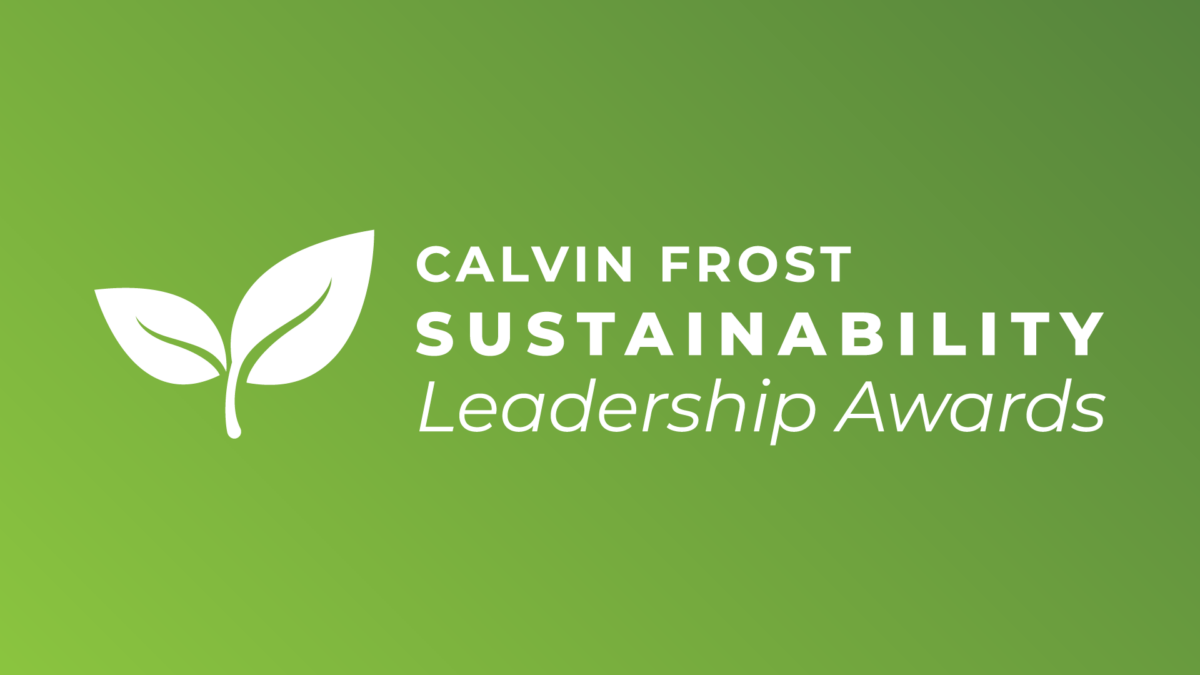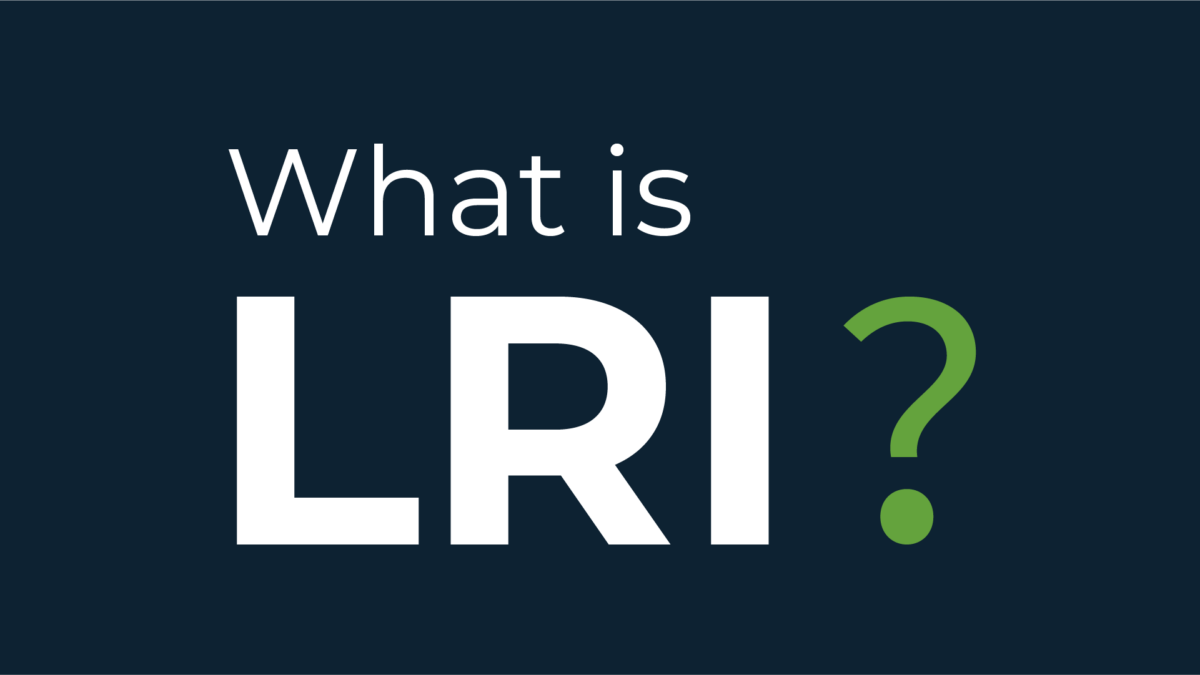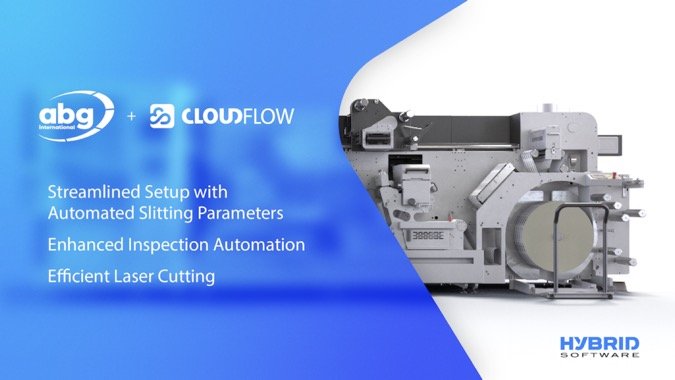2024 Calvin Frost Sustainability Leadership Award Highlight: Nazdar
By: Rosalyn Bandy, TLMI VP of Sustainability
The 2024 Calvin Frost Sustainability Awards celebrate our members’ innovative efforts to positively impact the environment and society. This year’s winners in the Trailhead, Journey, and Elevation categories have set new benchmarks for sustainable practices, inspiring others to follow in their footsteps.
The Trailhead Supplier category recognized Nazdar for its groundbreaking initiatives in reducing carbon footprint and promoting sustainable practices throughout its supply chain. Through innovative technologies and strategic partnerships, Nazdar demonstrated that impactful change is achievable, setting a shining example for the industry.
Nazdar’s commitment to sustainability is driven by their Core Values which emphasize doing the right thing and inspiring others to do the same. They have undertaken numerous initiatives to ensure that operations align with sustainable practices; for example, they introduced training and employee wellness programs to foster a culture that matches their core values. The response from employees is overwhelmingly positive, with many expressing empowerment and excitement about tracking and reporting on sustainability metrics. This enthusiasm translated into new, employee-driven actions with a tangible impact on doing the right thing. Departments including Human Resources, Finance, Procurement, R&D, Manufacturing, and Management are all actively involved in company sustainability efforts.
Other key metrics that Nazdar reported:
- Created waste-stream maps.
- Created water usage maps.
- Created sustainable procurement policies.
- Retrained employees on waste handling.
- Identified new vendors to support their sustainability goals.
- Diverted over 20 tons of waste from landfill in 6 months.
- Reduced 160,000 gallons of water in irrigations usage.
- By tracking Scope 1 and 2 greenhouse gas emissions and implementing reduction efforts, Nazdar successfully reduced emissions by 8% year over year in 2023.
- Installed solar panels which resulted in generating 51.2 MWh of renewable energy so far in 2024.
- Achieved Ecovadis silver in 2023, which ranks them in the top 15% in performance of all companies in the Ecovadis database.
- Through Nazdar’s CARES program, they offer employees 16 hours of PTO to volunteer for 501(c)(3) non-profit charities.
- Philanthropy programs reflect commitment to being a force for social good with plans to donate over $30,000 annually to local charities, and a goal to achieve over 500 hours of volunteering in 2024.
- Introduced numerous employee-support programs, including assistance for those experiencing financial hardship, employee resource programs for mental health, and healthcare discounts for participation in biometrics screening.
- Provide remote or hybrid work solutions to help employees achieve a healthy work-life balance.
- Ensuring the safety and well-being of employees and the community, they have significant training programs focusing on diversity and inclusion for all employees.
- Reformulation initiatives removed Substances of Very High Concern (SVHCs) and other carcinogenic, mutagenic, or reprotoxic (CMR) hazards from over 25 product lines, reflecting a strong commitment to product safety and compliance.
- Increased use of biobased raw materials by over 5,000 kg annually, with new sourcing of humectants.
- Procured new flexo ink vehicles with over 95% bio/renewable content, as per the NAPIM definition, showcasing dedication to sustainable sourcing and manufacturing practices.
- Set ambitious VOC reduction targets for 2024, aiming for a 40% (25 Tons) reduction through reformulating the solvent blend used in our tub washer.
- All ink lines are evaluated for plastic recycling compliance
Looking ahead, Nazdar’s focus will be on adopting a continual improvement approach to discover new ways to operate our business. With a workforce committed to building on current progress and remaining at the forefront of sustainable practices within our industry, Nazdar is a company to watch.
In today’s fast-paced world, companies must prioritize sustainability and environmental impact. It’s clear that, at Nazdar, they are committed to offering customers safe and eco-friendly products without compromising on performance. They believe that sustainability should be at the core of every business and are dedicated to leading the way in creating a more sustainable and eco-conscious industry.





